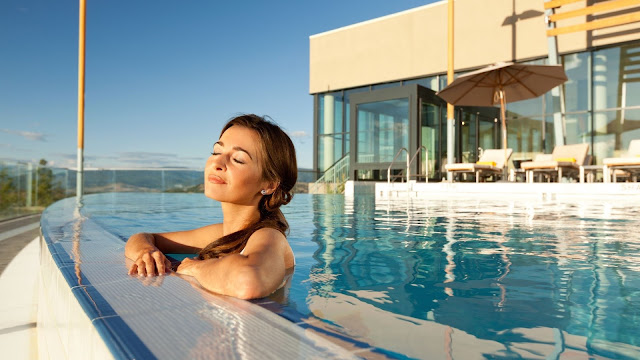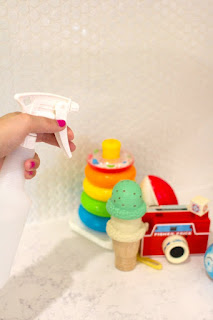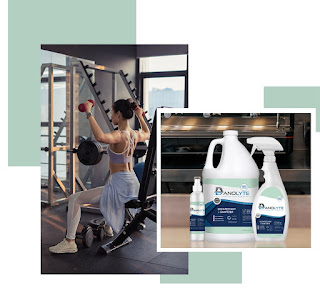The Most Effective Disinfectant for Pool and Spa
Pool and Spa disinfection
The most serious risk to health is when there's a faecal accident within the pool. Fecal contamination is principally caused by infants who aren't toilet trained. Parents must take tutelage of their child's hygiene and make sure that they are doing not swim if they need to have diarrhea within the previous fortnight. Certainly, not a soul who has had diarrhea within the previous fortnight should swim in a very pool or spa.
It is important to attenuate the entry of germs into a pool. Swimmers should move to the bathroom and shower before swimming. Cosmetics should be removed before swimming.
There are some situations that will allow germs to thrive. These include dirty pools, warm pools, aerated pools, pools with deficient disinfectant for pool and spa, pools with an excessive amount of stabilizer, and chlorine disinfected pools where the pH is simply too high. a mixture of those situations can easily cause infection transmission.
Disinfection
Disinfection may be a process that kills germs, but unfortunately not their spores. The aim of disinfection is to cut back the chance of transmission of infections. Disinfection isn't a right away process but takes time. the upper the concentration of disinfectant the earlier it kills. At the least recommended concentrations of chlorine and bromine, the hang around is about one minute or less for many germs.
Most germs are easily controlled by disinfection but Cryptosporidium oocysts and Giardia cysts, which are forms of spores, are immune to disinfectants. Their transmission must be controlled by preventing these germs and their spores from getting in the pool or spa. there's a separate fact sheet about Cryptosporidium and Giardia.
Disinfectant for pool and spa levels above the recommended minimum concentrations must be present within the pool water in any respect times. Disinfection must be provided by a disinfectant for the pool and spa that leaves a good residual within the pool that's not harmful to swimmers.
Suitable disinfectants
Chlorine and bromine-based disinfectants pool and spa are the sole satisfactory pool and spa disinfectants recognized by NSW Health to be used publically swimming pools and spa pools. They also oxidize and destroy some organic chemicals which can enter the pool. The disinfectant for the pool and spa provides a readily measurable residual within the pool water. Each disinfectant for pool and spa has its advantages and downsides and pool operators should consider any disinfectant or disinfectant system carefully before use.
Dosing of disinfectants
All public spas and swimming pools must, as a minimum, have constant metered dosing equipment to continuously dose the disinfectant for swimming pools and spas. Automatic dosing equipment should be used it's important to retort quickly to changes in chlorine demand in busy pools. Dosing systems must move while the pool or spa is open and for a minimum of one hour before and after the pool is open.
Efficient chlorine pools care for the natural action referred to as breakpoint chlorination which might only be reliably and constantly achieved with dosing equipment.
Disinfection factors
Increasing pH decreases disinfection power in order that above pH 7.6, chlorination is ineffective and above pH 8.0, bromination is a smaller amount effective.
The stabilizer (cyanurate) shouldn't exceed 50mg/L as disinfection becomes ineffective and chlorine levels should be increased if the stabilizer is employed. The stabilizer isn't suitable to be used with bromination.
Pools should be equipped with a circulation system and filters capable of manufacturing clean, clear water. Filtered water is less complicated to disinfect, reduces contaminants, and produces fewer by-products. Circulation systems should be operated in the least times while the pool or spa is open, and for a minimum of one hour before and after the pool is open.




Comments
Post a Comment